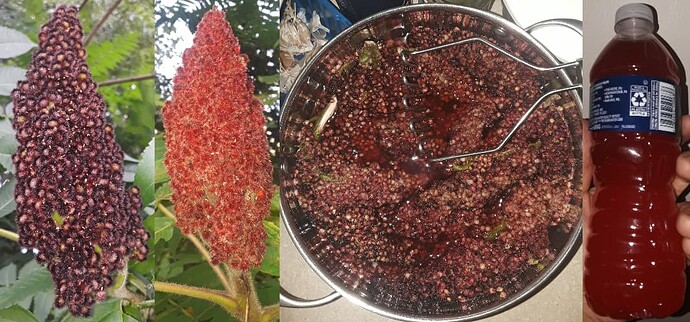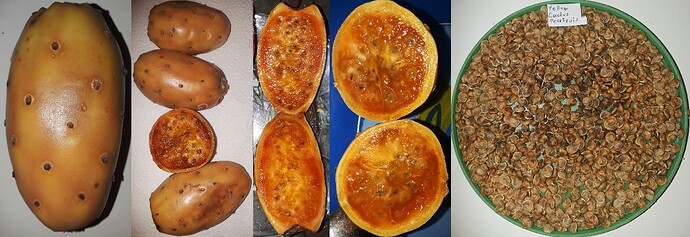I grow blackhaw (viburnum prunifolium). The berries are akin to a paste made from prunes (in a good way; like a plum raisin). I wouldn’t want to eat a bowl full but I love to nibble a few on the way past.
Eastern teaberry (wintergreen) and wild strawberries are good groundcover nibbles.
I grow lots of elderberry but have left them to the birds of late because I love elderberry jelly but haven’t been in the mood to make jelly. If anybody wants to harvest and cook I’ll pay you for the product ![]()
Had my first “Dunbar” plum this year from some Oikos seedlings. It’s a beach plum American plum cross. It was the size of a cherry and tasted like a tart plum. I kinda liked it, and I don’t generally like plums. Hopefully I get more than one next year.
Barberry and wineberry are not local and notably invasive…but tasty forest nibbles.
Spiceberry is interesting but I only ever eat one, since it’s less of a berry and more of a spice.
I have some young cornelian cherries, nanking cherries, currants and maypops. I hope they all taste better when they’re older; I’ve been unimpressed so far.
I have a big healthy aronia. Produces a TON and is trouble free but I have yet to find a way to make it taste better than somewhat fruity used coffee grounds.
I have given up on honeyberry, lingonberry and cranberry. 7a summers with bad soil, drought and inconsistent watering wiped them all out. My gooseberries and currants seem to be following them out.











